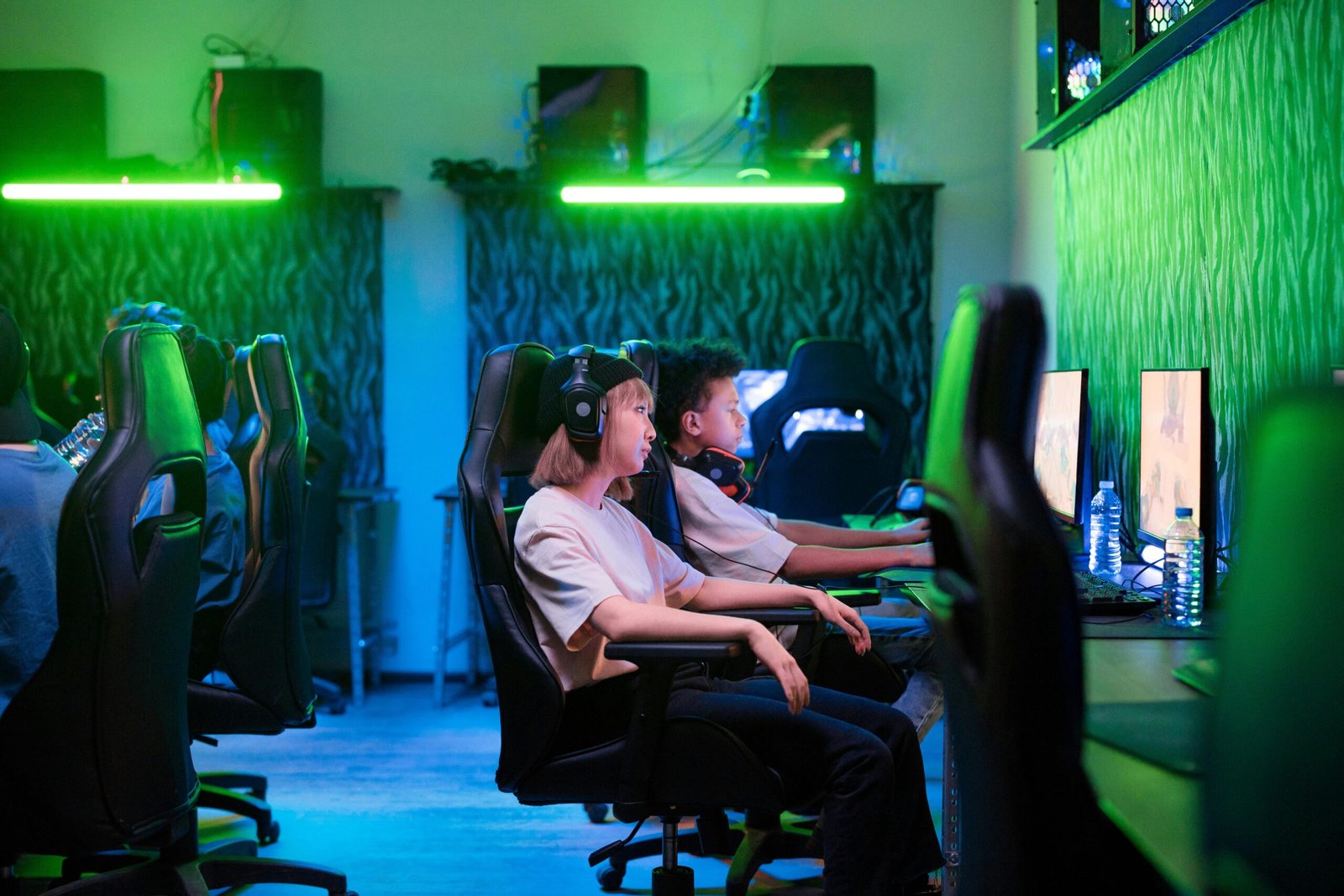The digital landscape is a vast repository of information, culture, and subcultures, where niche terminologies often emerge from online communities. One such term that has sparked curiosity is the “Sankaka Complex.” This phrase represents more than just a name; it signifies a cultural and psychological phenomenon rooted in internet fandoms, often intersecting with anime, manga, and broader media consumption. Understanding this concept requires a deep dive into its origins, manifestations, and its impact on both community dynamics and individual psychology.
For content creators, community moderators, and digital anthropologists, understanding these phenomena is crucial for fostering healthy online spaces. The Sankaka Complex serves as a case study in how fictional narratives can shape real-world emotions and behaviors. It blends admiration, identification, and sometimes problematic attachment toward certain character archetypes. This analysis explores its roots, characteristics, and broader cultural context, highlighting the balance between fandom and fixation.
Defining the Sankaka Complex: Origins and Conceptual Framework
The term “Sankaka Complex” originates in Japanese manga and anime culture. It stems from a character known as Sankaku, associated with a series that explores love, obsession, and psychological complexity. The “complex” suffix refers to the intertwined emotions and behaviors fans develop toward this character or the narrative themes he represents.
At its core, the Sankaka Complex describes a psychological state where an individual develops an intense, often idealized, parasocial relationship with a character. These characters usually possess traits such as a troubled past, morally ambiguous behavior, vulnerability mixed with danger, and a need for understanding or love. They are often “broken” anti-heroes whose complexity makes them compelling and sometimes concerning.
This goes beyond casual fandom. Fans empathize deeply with the character, sometimes justifying flaws and romanticizing pain. The complex highlights how narratives can prompt strong emotional engagement, influencing perceptions of relationships and emotional health.
Cultural and Psychological Underpinnings
Parasocial relationships one-sided emotional bonds with media figures play a key role in the Sankaka Complex. Unlike real-world relationships, the character is unaware of the fan’s existence, yet the fan invests emotionally, often intensely. Anime and manga enhance this through immersive storytelling and emotionally expressive characters.
The archetypes triggering this complex are carefully designed to elicit empathy. Writers give characters tragic backstories abandonment, trauma, or rejection evoking protective instincts in audiences. This technique humanizes characters who might otherwise be seen as antagonists, creating moral ambiguity for fans to analyze and debate.
The complex also reflects a cultural fascination with mental health and vulnerability. While such portrayals can reduce stigma, they sometimes romanticize suffering. Fans may begin to idealize pain or emotional struggle, potentially affecting their own relationships and expectations. Media literacy and critical engagement are essential for navigating these influences.
Manifestations in Online Communities and Fandom Culture
Digital spaces have enabled the Sankaka Complex to thrive. Platforms like Reddit, Tumblr, and anime forums allow fans to share fan art, fan fiction, and analysis. Communities validate and amplify attachment, normalizing intense emotional investment.
Creative output is a primary manifestation. Fan fiction often imagines alternate universes where the character is “saved” or loved, allowing fans to explore emotions and fantasies safely. Fan art similarly depicts characters in romanticized or vulnerable situations. Though largely harmless as creative expression, this content reinforces parasocial bonds.
Fans also defend the character vigorously. Criticism is sometimes met with fervent arguments, as perceived attacks on the character feel personal. This demonstrates how deeply fans identify with the character, blurring lines between fiction and self-concept.
Comparative Analysis: Sankaka Complex and Related Phenomena
The Sankaka Complex shares similarities with other fandom phenomena but remains distinct.
- Messiah Complex: Focused on saving or redeeming someone. Sankaka engagement emphasizes empathy over a self-imposed mission of redemption.
- Hyde Complex: Fascination with duality of good and evil. Sankaka overlaps due to the character’s vulnerability and menace but emphasizes the romanticization of suffering.
- Byronic Hero: Classical literature’s flawed, troubled protagonist. Sankaka represents a modern, digitally amplified version of this archetype, intensified by online interactivity.
These comparisons show how the complex blends traditional literary fascination with modern digital engagement, creating a unique psychological and cultural pattern.
Impacts and Considerations for Healthy Engagement
Deep engagement with fiction can be enriching, but the intensity of the Sankaka Complex warrants awareness. Romanticizing trauma or toxic traits in fiction can shape unrealistic expectations in real life. Critical engagement—recognizing flaws as narrative devices rather than ideals—is key.
Moderators and content creators can encourage balanced discussion. Initiatives like guided read-throughs or thoughtful Q&A discussions can foster reflection without diminishing enjoyment, helping fans analyze character motivations critically.
Role of Algorithms and Content Amplification
Digital algorithms amplify the complex. Platforms recommend content based on behavior, reinforcing parasocial attachment. Users interested in a character like Sankaku are repeatedly exposed to fan edits, analyses, and fiction, creating a feedback loop.
To maintain healthy engagement, users should audit feeds, diversify content, and understand how algorithms influence consumption. Awareness helps preserve agency and prevents compulsive reinforcement of attachment.
Frequently Asked Questions
What is the Sankaka Complex?
It’s a psychological and cultural phenomenon involving intense parasocial attachment to a character, often romanticizing vulnerability or pain.
Is it unhealthy?
Not inherently. Concern arises if it blurs reality, affects relationships, or promotes idealization of harmful behaviors.
How is it different from being a fan?
Fans enjoy content. The Sankaka Complex involves deep emotional identification, defense of the character, and personal investment in their narrative.
Can it apply to other media?
Yes. Similar dynamics appear in books, games, and TV where characters possess depth, tragedy, or moral ambiguity.
How to engage healthily?
Maintain critical awareness, reflect on emotional responses, and diversify media consumption. Discuss characters from multiple perspectives.
Conclusion: Navigating Modern Fandom
The Sankaka Complex illustrates the profound emotional connections media can evoke. It highlights the interplay between storytelling, digital communities, and individual psychology. Awareness, critical thinking, and reflective engagement allow fans to enjoy narratives without internalizing unhealthy ideals. Balancing admiration with analysis fosters a sustainable, enriching fandom culture, where both passion and perspective coexist.












